Types Of Dog Brushes
Grooming your dog regularly helps minimize shedding, control where that loose hair falls, and improve the health of your dog’s
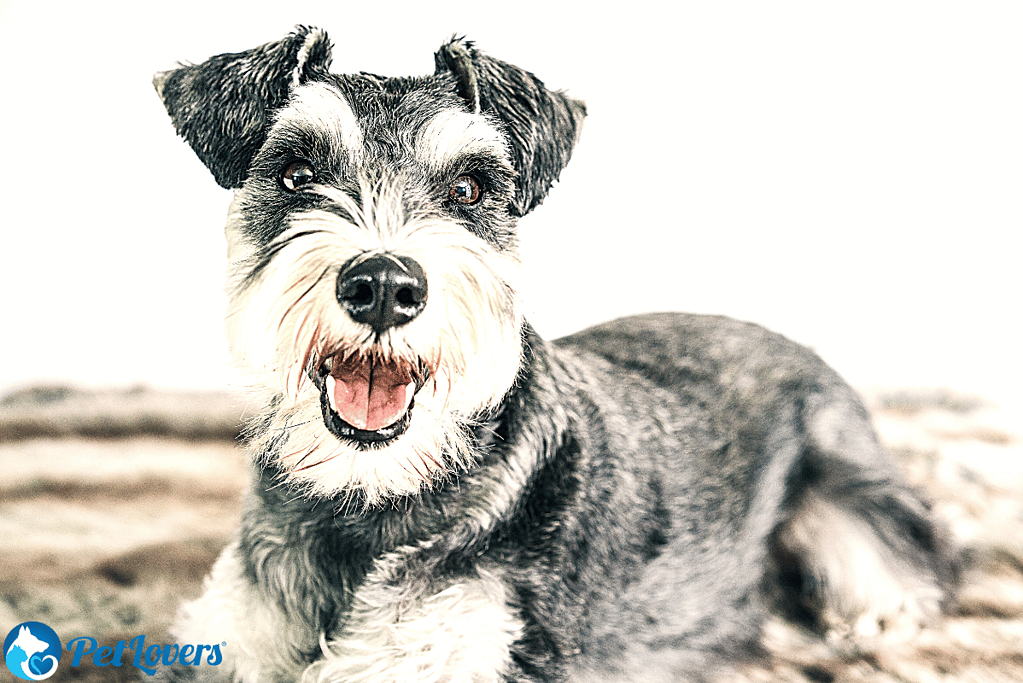
Schnauzers are understandably popular dogs. These furry little pooches have cute beards, fluffy legs, and a real charm in their eyes. If you are thinking about getting a schnauzer, you’ve probably wondered “Do schnauzers shed a lot?” The answer is that they do shed, but not a great deal.
Table of Contents
Schnauzers shed very little considering that they have a double coat, and they are generally considered as being hypoallergenic. In reality, there are no dogs that offer zero shedding, so whilst the schnauzer may let some hair go, they still fit into the category of hypoallergenic dogs.
You can find both miniature schnauzers and the giant schnauzer, so what about their shedding behavior?
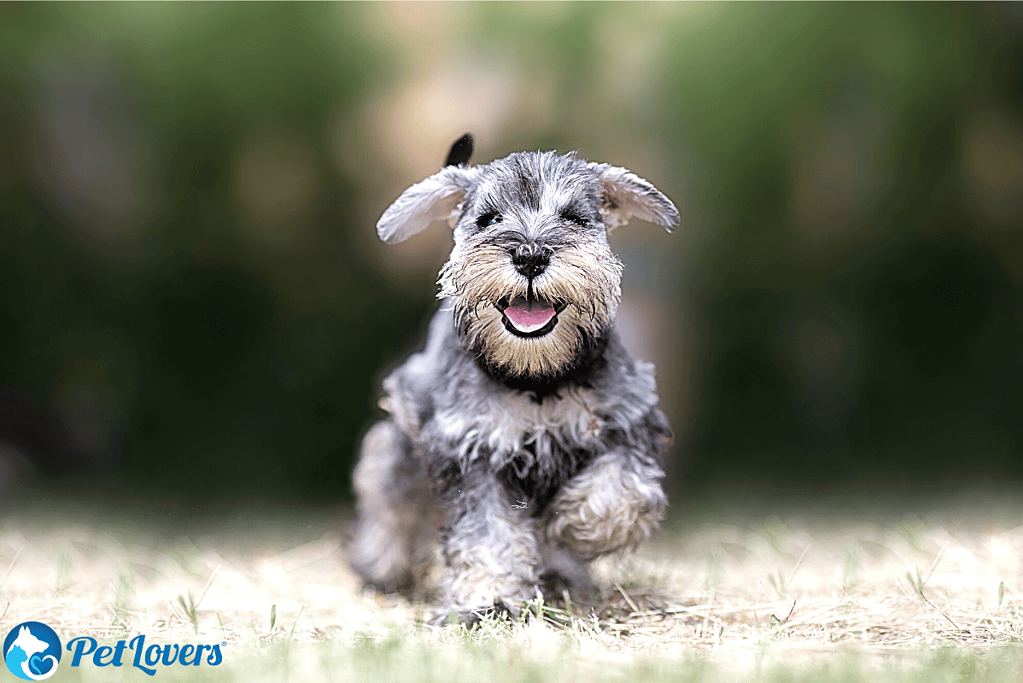
The mini schnauzer doesn’t shed very much at all, making them a great option for those who have allergies or who don’t want a house covered in fur. Miniature schnauzers shed their coats twice a year, once pre-winter and again before summer.
The majority of the fur that a miniature schnauzer sheds, comes from its soft undercoat. What people like about miniature schnauzers, is that the hair they shed often gets stuck in their wiry coat on top, and stays there. A miniature schnauzer is a good option for those looking to avoid a big cleanup.
Miniature schnauzers were bred for hunting rats back in the 19th Century. These little pooches may not hunt anymore, yet they still have some of those boisterous and energetic characteristics.
One thing we should mention is that the miniature schnauzer does need regular grooming to keep its coat healthy.
A giant schnauzer also has a double coat and will shed at the same rate as a standard schnauzer and a miniature schnauzer. With this larger dog, however, its shedding is more noticeable. This is not because they shed a lot, but rather because they have longer hair and larger bodies, making it more obvious.
Schnauzers shed throughout the year, although more before the summer and winter months. Miniature schnauzer shedding at these times is almost unnoticeable, a standard schnauzer will shed a small amount of dog hair, and giant schnauzers will shed more.
This is a very easy-to-maintain dog breed, and one of the best low-shedding dogs out there.
Whilst schnauzers shed for seasonal purposes, it is also a representation of their health. This, coupled with aging, is why this dog breed sheds its hair.
If you are finding lots of dog hair around the home coming from your schnauzer, there is likely an underlying health condition. Your dog’s coat can offer an early warning for skin conditions and even more serious diseases.
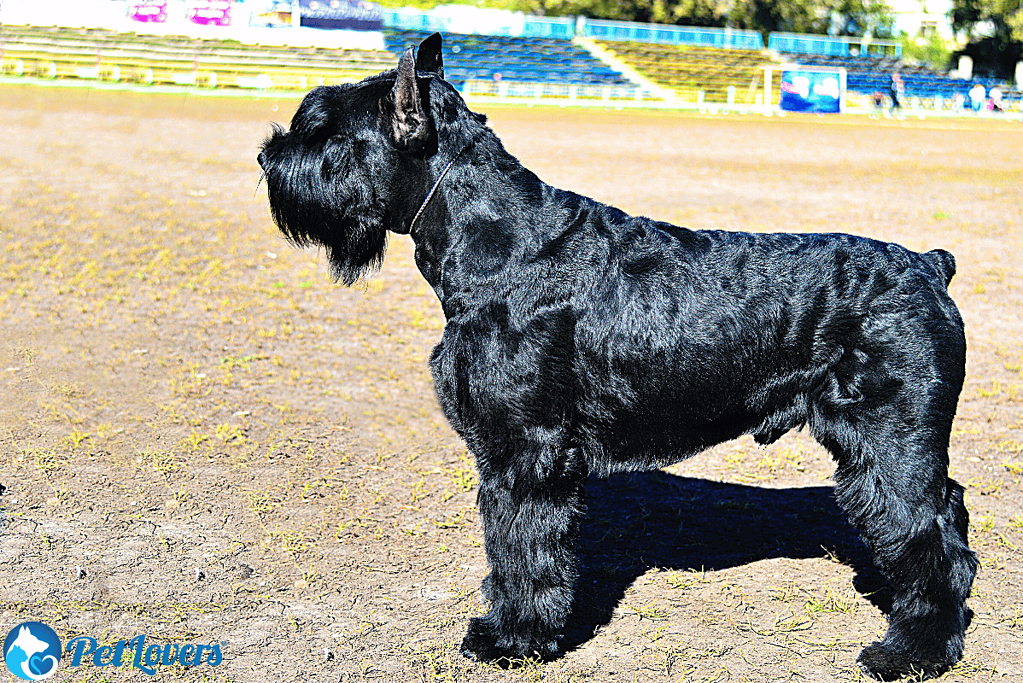
Whether you have miniature, giant, or standard schnauzers in your life, you’ll understandably want to do all that you can to reduce the little shedding that they do.
The good news is, there are some ways that you can reduce the number of loose hairs that your schnauzers shed. Here are some tips on improving the health of your schnauzer’s coat, and ensuring minimal shedding.
Dog breeds like the schnauzer, with a double coat and minimal shedding, will soon shed heavily if they are not healthy. Excessive shedding could be an indication of a skin condition, an infestation, or even something more serious such as diabetes.
It should be noted that anything serious will usually not only be from an increase in the shedding of the inner or outer coat but additional factors too. For example, diabetes symptoms also include cloudy eyes, excessive drinking, and appetite changes.
Keeping your dog healthy, requires exercise, good nutrition, and regular grooming.
Much like other dog breeds of its size, such as a Shih Tzu and Yorkshire terriers, a schnauzer should be fed a diet rich in protein from whole animal sources. Around 18-25% of its diet should come from poultry, fish, and/or meat.
The American Kennel Club suggests 50% carbohydrates and around 5% fiber in your schnauzer’s diet. The remainder of its diet should be healthy fats, rich in Omega-3 oils. This is a perfectly balanced diet for this breed, ensuring a healthy pooch inside and out.
Much like other dogs that were bred for hunting, schnauzers have quite the gas tank. They will need around 1 hour of exercise each day. This is not only to manage their weight but also to help them with cell production and dexterity.
Naturally, giant and standard schnauzers will need more exercise than miniature schnauzers, so bear this in mind. Exercise is critical to your dog’s health, and as they run around they’ll also lose some of that dead hair, keeping your home that little bit cleaner!
When it comes to bathing the best option is to take your dog to a professional groomer, but we understand that this can prove to be mighty expensive. Thankfully, a schnauzer is a little easier to bathe than some other breeds, and generally only needs to be bathed once a month.
This breed has naturally oily skin that keeps it clean, but they are also a breed that loves to get messy. A monthly bath will keep them looking good and healthy.
Be sure to use a pet shampoo on the schnauzer’s coat, to prevent any skin irritation. Small animals like these can be tricky to bathe, so you’ll need patience and quite a few towels.
This is a low-shedding breed, and the healthier and cleaner your pooch is, the less pet dander you’ll be seeing in the house.
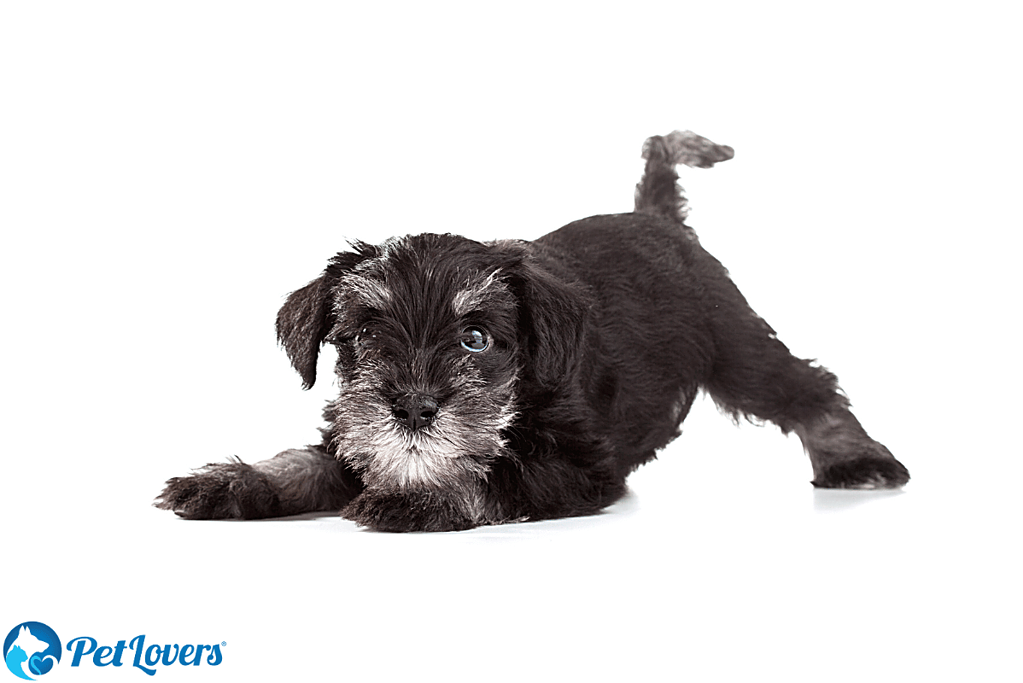
You will need to be attentive when it comes to grooming your schnauzer, and consistent. One of the most important reasons for grooming is that their double coat is prone to knotting, which creates a hotbed for infections and irritations.
Make sure that you brush your schnauzer, from the dog’s ears down to its feet, at least once per week. The coat requires this brushing routine, otherwise, it will knot easily, especially if the dog gets wet.
Use a slicker brush to prevent matting, and help that wiry topcoat stay in tip-top shape.
Most owners like to style their schnauzer with a haircut, and there’s nothing wrong with this. It is important, however, that you don’t shave the pooch.
If you do this, you run the risk of fungal or bacterial infections, and your dog may struggle in hot and cold weather. Remember that these coats are critical for your dog to manage its body temperature.
Trimming the dog’s hair is fine, but don’t cut beyond that top coat. Use blunt-nosed scissors and take your time. It is often best to have this done at professional groomers.
As mentioned before, Schnauzers will need to be bathed once a month and this is a good time to look out for any other issues. Check for any redness, cuts, or excess wax from the ear, and anything else that may alarm you.
If you feel confident, and you know what you are doing, you could also hand-strip both giant and standard schnauzers. This involves plucking hairs from the wiry topcoat with your hands.
If you do hand strip the schnauzer, do this once every 6 months. They may be one of the lowest-shedding breeds, but they need a little attention to help them stay that way.
Even a low-shedding breed like a schnauzer loses some of its coat, so you’ll need to be ready to clean up the house, as well as your clothing from time to time. If there is noticeable hair on your sofa and carpets, a pet hair remover is what you need.
These products are specially designed to drag loose hair from the surface, collect it together, and then it will be ready to toss away. Another great tool for collecting dead hair is a pet hair lint roller.
These tools have a roll of adhesive tape that collects dog hair from the surfaces of sofas and clothing efficiently. The adhesive strips can be replaced, ensuring that you always have a tool for picking up the hair that falls from the dogs at home.
These tools are low-cost and convenient, and very handy tools to keep close by whether in the home, vehicle or on the go. When you are grooming your pooch’s coat, be sure that you do so in the same area of the home.
This will ensure that your dog knows the drill, meaning they’re more likely to behave. This will also help you to isolate the hair, and clean it up with ease.
If you or a family member are allergy sufferers, you may think that a dog isn’t for you. There are, many dogs you could bring into the home, that leave very few allergens behind. Dogs like a Bichon Frise and the Schnauzer, have a coat that, when healthy, that really doesn’t shed much at all. This distinct breed is good-looking, healthy, and generally won’t cause allergic reactions.
Schnauzers are hypoallergenic, they produce fewer allergens because of their double coat and shed very little.
Schnauzers are great dogs for the house because they are low-maintenance, great with kids, and only really need an hour of exercise per day.
Much of this comes down to the training that you give your dog. Most schnauzers will bark when they are pups, but as they get older, they learn to stay quiet. Compared with other breeds, they do not bark excessively.
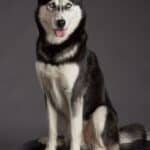 PetLovers
PetLovers
Grooming your dog regularly helps minimize shedding, control where that loose hair falls, and improve the health of your dog’s
Have you begun to notice a little more cat fur around the home than you are used to? Most cat
A slicker brush is one of the most essential tools in your dog grooming arsenal. This product can do it
TO GET 15% OFF ON ALL YOUR PURCHASES